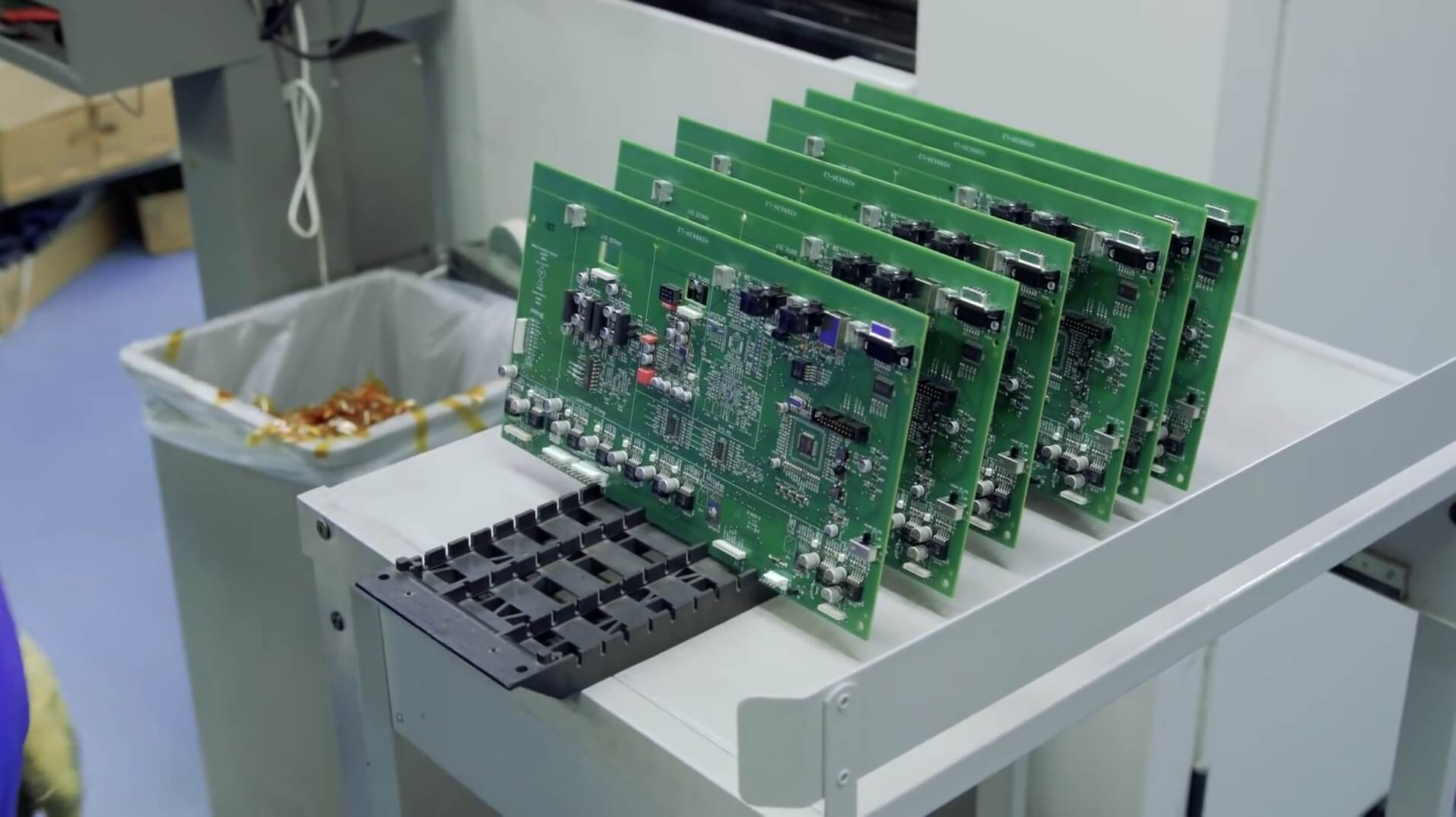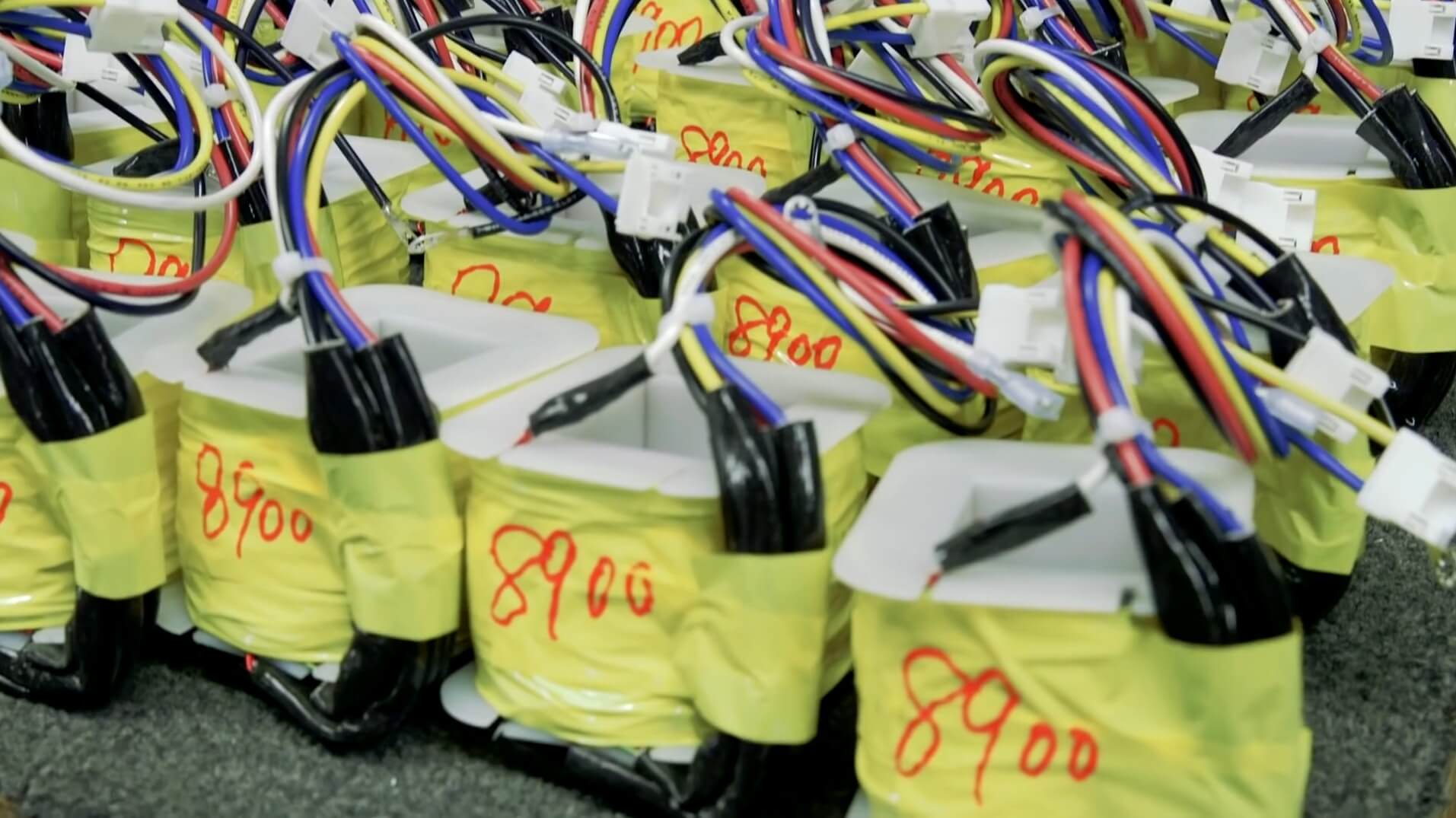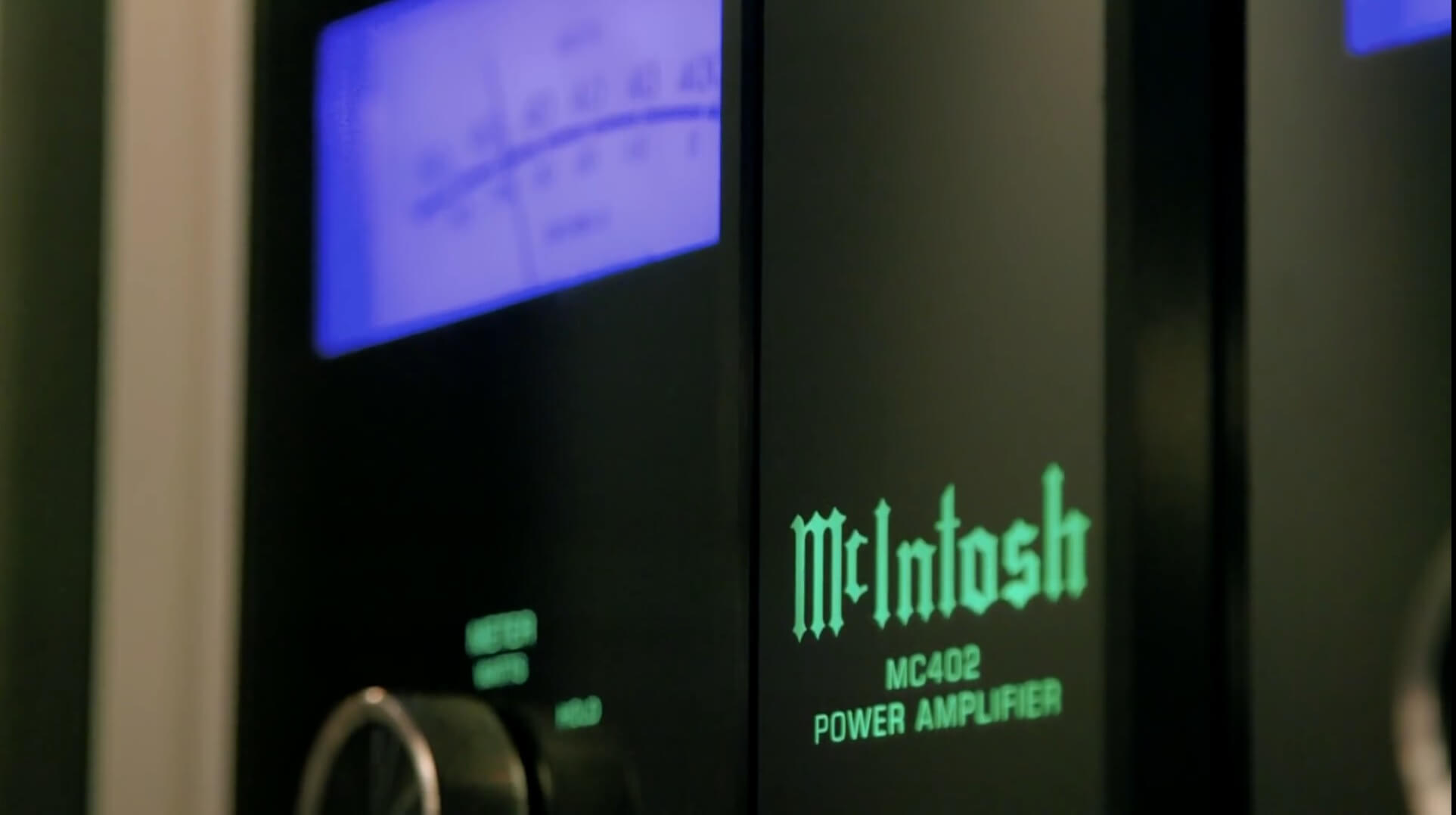The secrets and features of an amplifier McIntosh
Each amplifier McIntosh is unique. And not because it differs in performance, dynamics, or timbre. Far from it. The sound you get from the Binghamton-based company's equipment is sweet, with smooth highs that are always measured.
What makes each piece McIntosh particularly original is its style, proudly vintage, and the care put into the assembly of every detail.
Today we want to delve into just how an amplifier from the American brand is born, trying to understand what are the secrets and features of true high-fidelity icons.

a detail of the front of the MC 601 power amplifier
How an amplifier is born McIntosh
In its basic idea, McIntosh is a vertically integrated company. This means that the main manufacturing and assembly processes are carried out in-house. This is not trivial, especially for the American market. Many other brands, in fact, choose to outsource some stages of product creation in search of possible savings.
Not so in the case of the blue meter VU company. And its purely artisanal, but by no means old-fashioned, dimension is a clear strength.
The creation of an amplifier comes from the processing of electronic boards, which undergo a screen-printing treatment using solder paste. This has the consistency of common toothpaste, and when it comes into contact with the board it is heated, and then liquefied. When it cools, it goes to match the profiles of the circuit board, so that all the components involved are soldered.
Next comes the treatment of the external parts, that is, the metal cabinet. This is an extremely delicate phase. In fact, the frame accounts for about one-third of the cost of the entire amplifier, so it must be treated with special care.
The frame is painted with classic black McIntosh. Components are hung on conveyor belts over 130 meters long. The colorists choose, as appropriate, whether to use an airbrush or paint the whole thing by hand.

the electronic boards of the amplifiers
The assembly of the amplifiers' internal components
Returning to the internal components of the amplifier, another particularly interesting step is the placement of the output transformers. The placement on the coils is done entirely by hand, and each model therefore is different from the other. How, then, is it possible to figure out the correct degree of winding? Simple: it is the production workers, with their uncommon experience and sensitivity, who understand when it is time to stop. The transformers, then, are inserted into their aluminum housing, and secured with a tar casting. No silicone or other synthetic materials-pure and simple tar.
Turning to the external parts, it is particularly interesting to understand how they get to the cutting of the glass, which is then attached to the front of any self-respecting McIntosh amplifier. The holes, which correspond to the analog knobs and other controls, are obtained by a very high-pressure water jet.
After this process, the glass part and the metal front are pressed together so that they are inseparably joined.
The final stage of production: continuous testing and verification
The final part of amplifier assembly McIntosh is divided into two parts. A first team provides assembly of the chassis in its entirety. The second takes care of the details, including aesthetic ones, that make the company's products unique.
This is followed by the testing phase. Preamplifiers, home theaters, speakers, or readout mechanisms are tested individually before they are put on the market. To make sure that the exact sound performance sought is achieved, tests are carried out inside special anechoic rooms. These rooms eliminate all outside sonic influences, and really allow you to understand the timbre and dynamics that the amplifiers are able to give speakers and speakers. A response that must be as flat as possible, to allow each audio track to express its potential, just as it was intended in the mixing and production phase.

the output transformers of the MA 8900 model
An outstanding example: the MA 9000 integrated amplifier
TheMA 9000 integrated amplifier is one of many outstanding products from McIntosh. Looking at it, one can see all the details of the manufacturing process just described.
The chassis is truly massive, weighing over 45 kg. The front is glossy, thanks to the glass panel pressed onto the metal front. Inside are the unique Monogrammed Heatsinks, as well as balanced inputs and phono preamps for turntables with MM and MC cartridges. Power per channel is 300 W.
In addition to the technical features, what shines through is a sense of power that is never overflowing, however. To think that each example of this integrated amplifier is handcrafted in design only adds to its appeal. And for that matter, it is an argument that applies to all of the New York-based company's products.

the logo of the MC 402 amplifier
Did you know the manufacturing procedure of the amplifiers McIntosh?